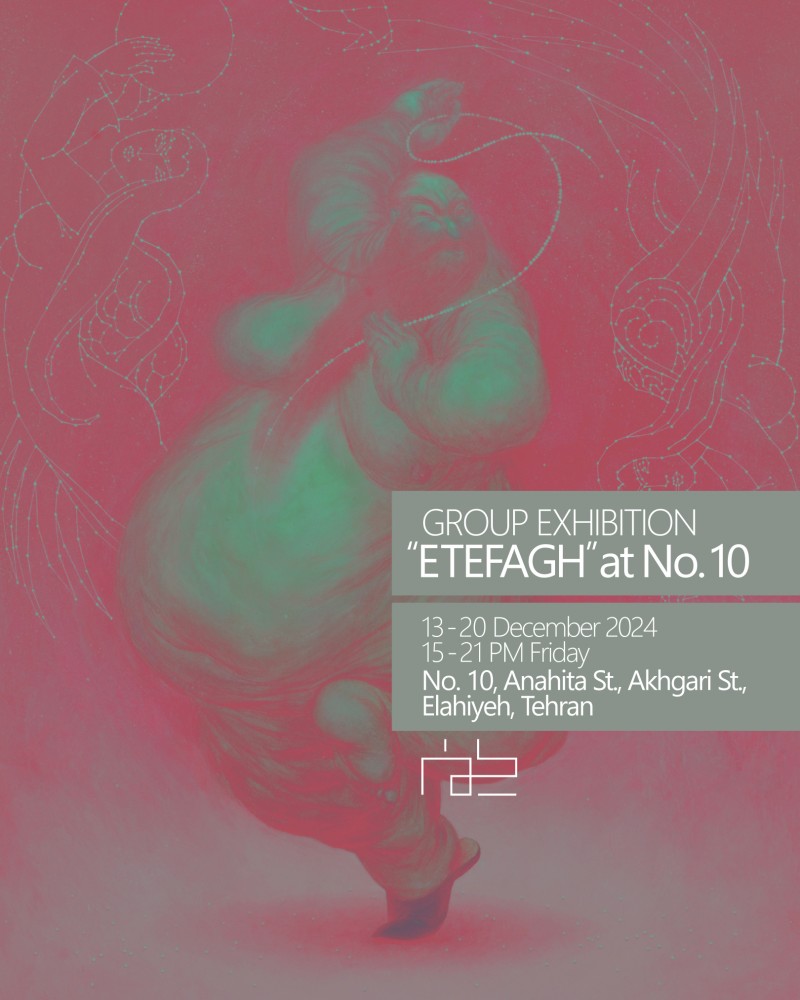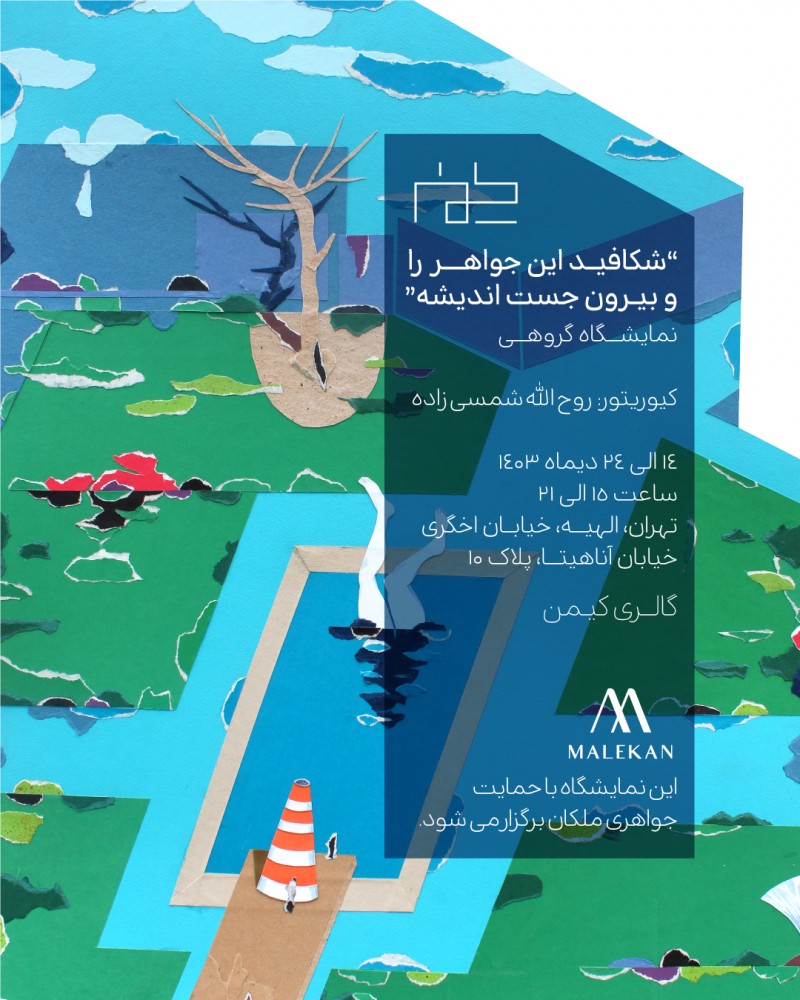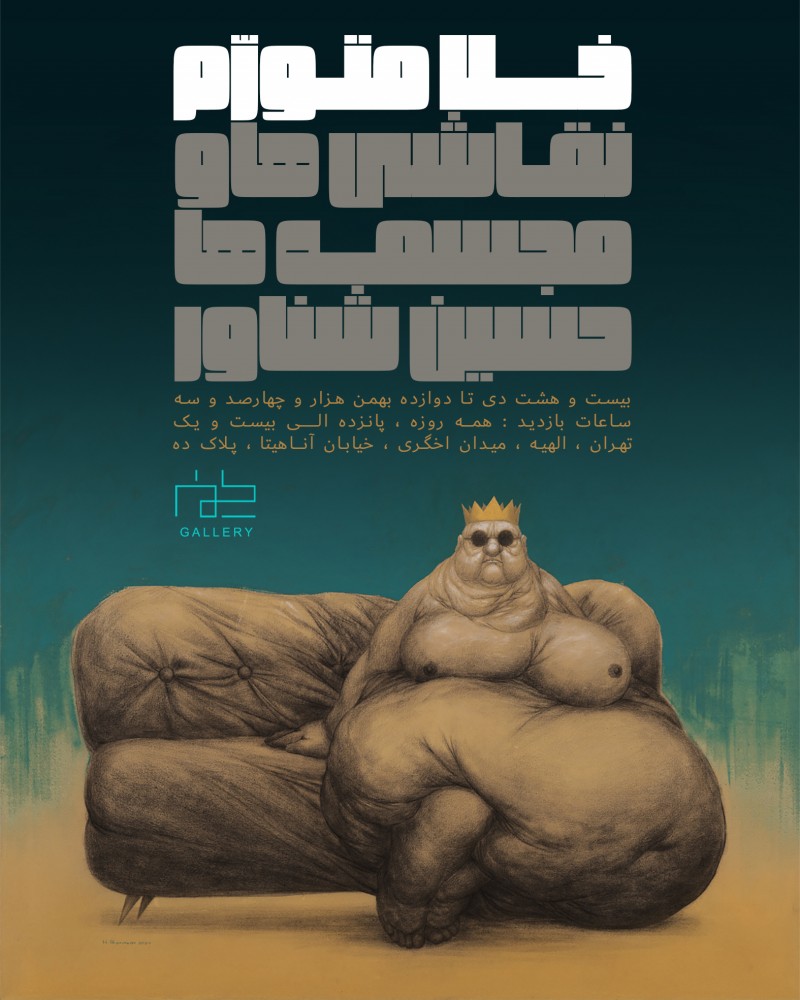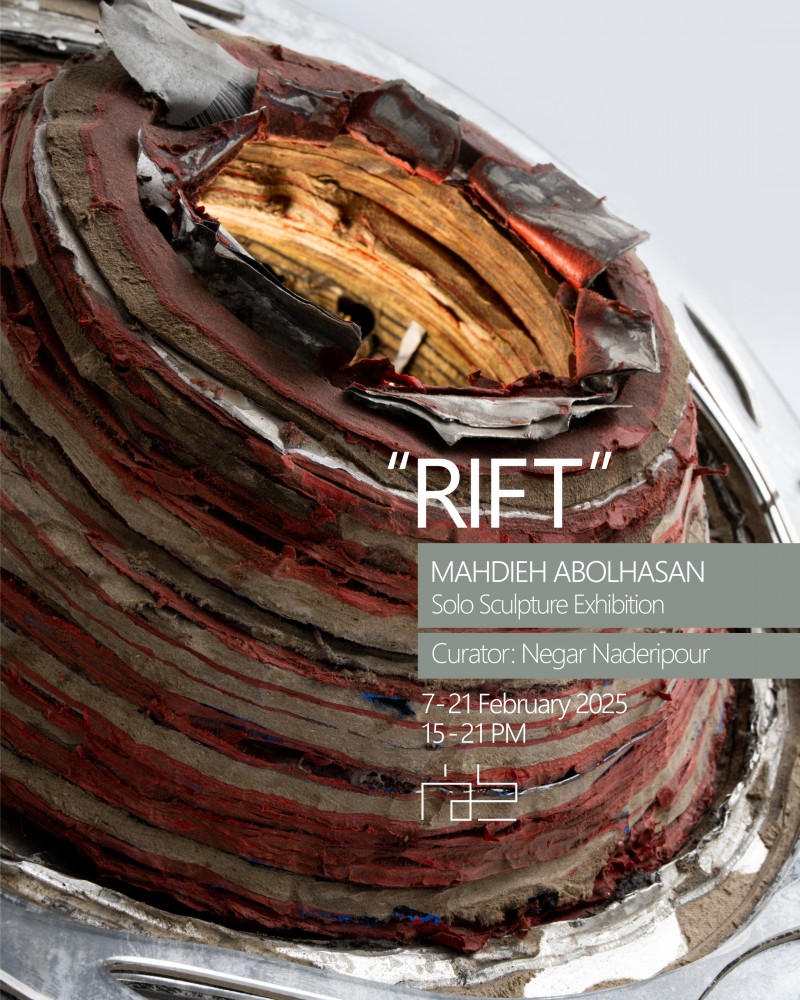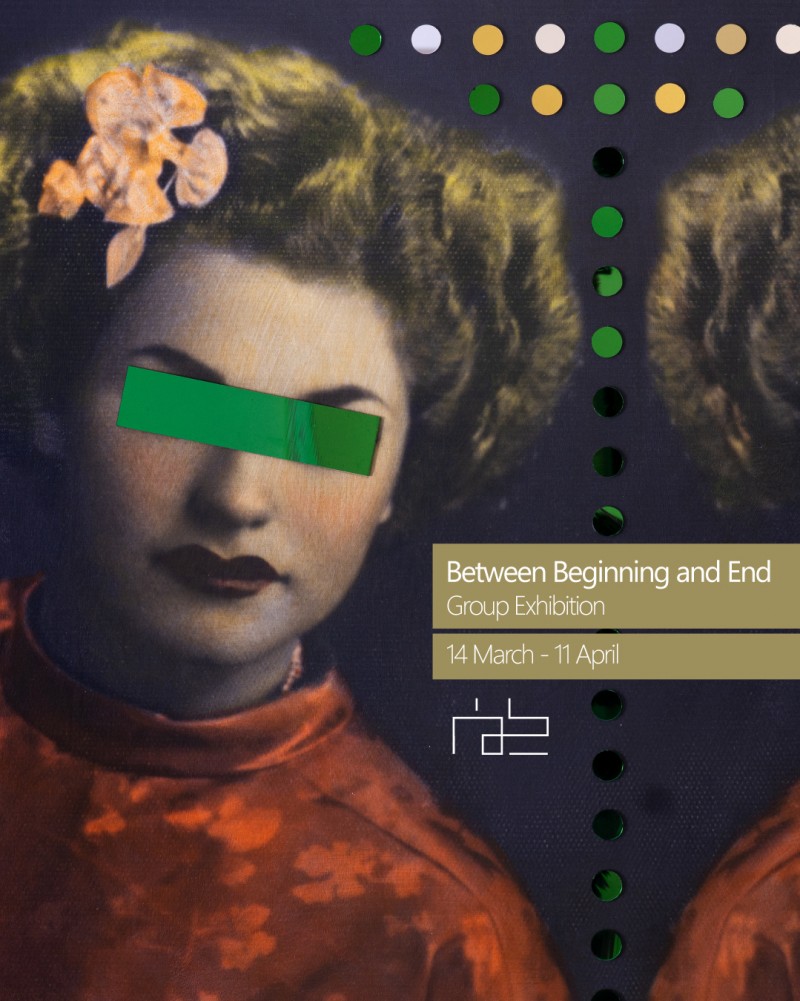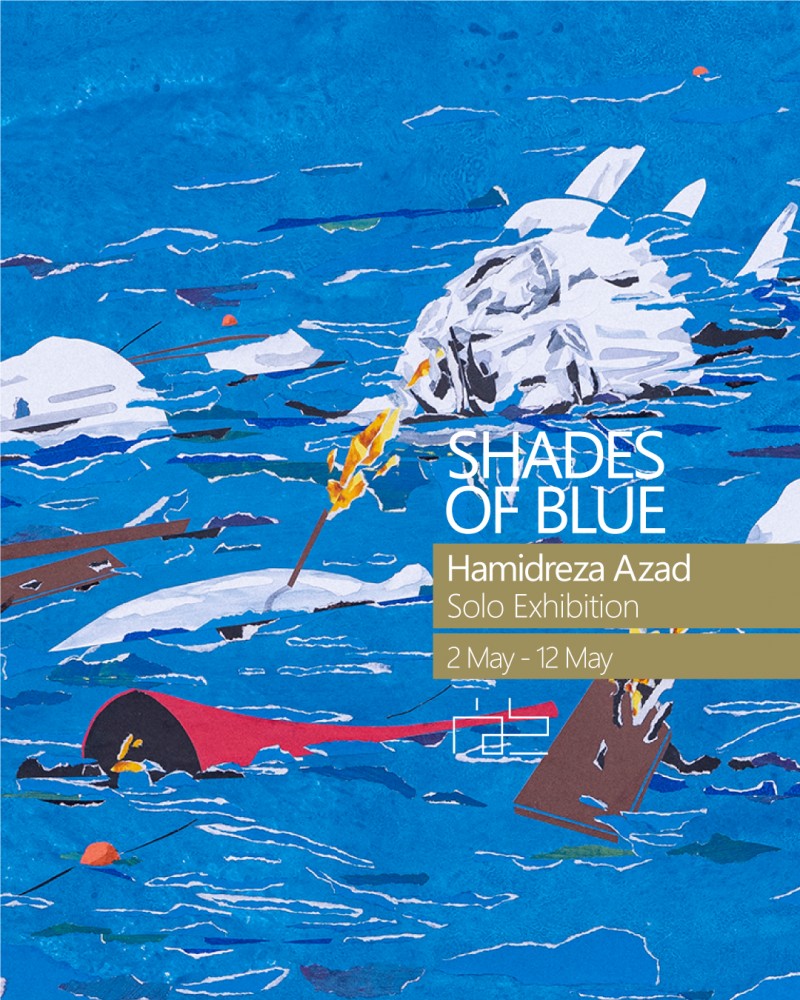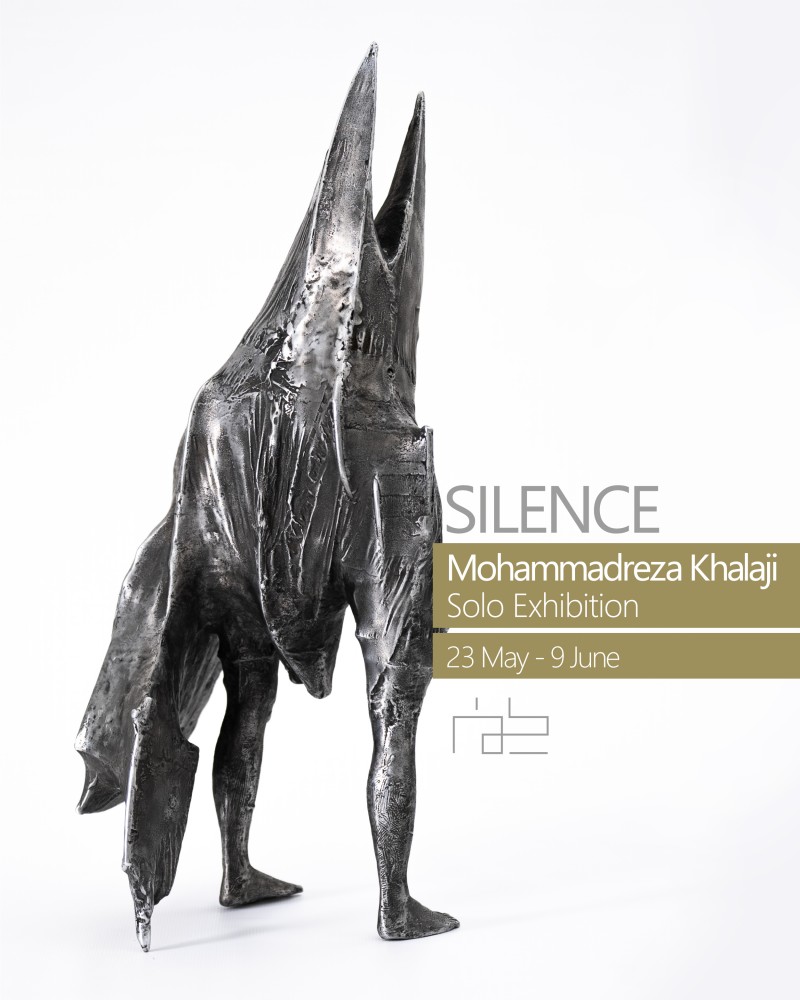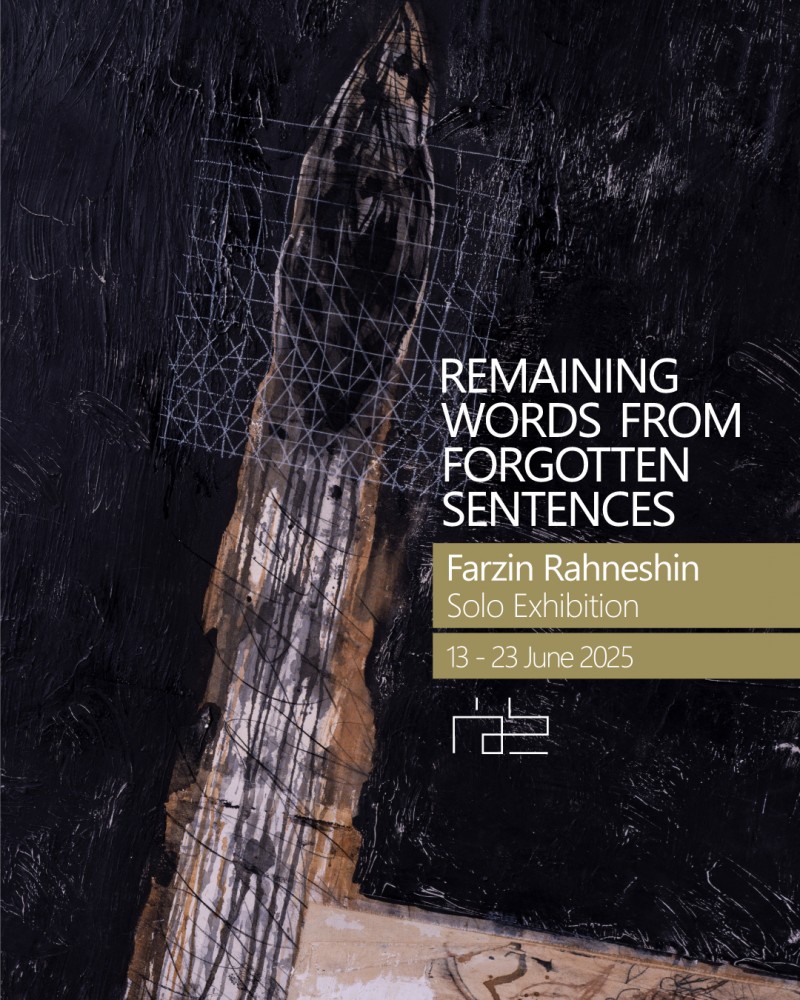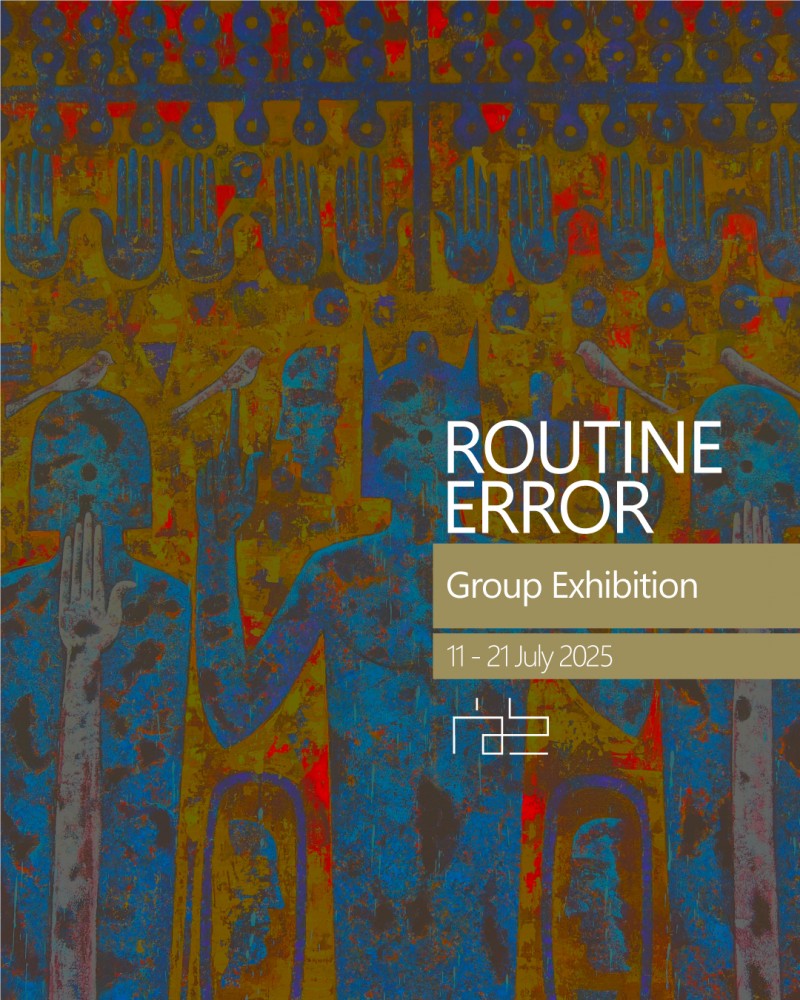welcome to exhibition
Mohammadreza Khalaji
born on 2025
in Zanjan, Iran
Member of The Iranian Sculpture Association since 2007
Member of The Tehran Visual Art Development Institute since 2006
Solo Exhibition:
2019 Iranshahr Gallery, Tehran
2018 Iranshahr Gallery, Tehran
2005 Laleh Gallery, Tehran
Group Exhibitions:
2011 Laleh Gallery, Tehran
2011 Expo of Scupture, Art Center Gallery, Tehran
2010 Farvahar Art Gallery, Tehran
2010 Saba Art Gallery, Tehran
2009 Niavaran Cultural Center, Tehran
20081st Iranian Sculpture Expo, Iranian Artist Forum, Tehran
2006 “Under 35 Years Old” , Iranian Artist Forume, Tehran
2006 Encuentro de Escultores Iran, Mexico La Esmeralda ENPEG, Mexico City
2006 Barg Art Gallery, Tehran
2004 Laleh Art Gallery
2003 Tehran University
Biennales:
2019 Participated in “Revolution”, the International Fine-Craft Biennial, Grand Palais, Paris
2011 Participation in the 6th Tehran Contemporary Sculpture Biennale, Niavaran Cultural Center
2008 Participation in the 2nd Urban Sculpture biennale
2007 Participation in the 5th Tehran Contemporary Sculpture Biennale, Tehran Contemporary Museum
2005 Participation in the 4th Tehran Contemporary Sculpture Biennale, Saba Art Center, Tehran
2002 Participation in the 3th Tehran Contemporary Sculpture Biennale, Niavaran Cultural Center, Tehran
Member of The Tehran Visual Art Development Institute since 2006
Solo Exhibition:
2019 Iranshahr Gallery, Tehran
2018 Iranshahr Gallery, Tehran
2005 Laleh Gallery, Tehran
Group Exhibitions:
2011 Laleh Gallery, Tehran
2011 Expo of Scupture, Art Center Gallery, Tehran
2010 Farvahar Art Gallery, Tehran
2010 Saba Art Gallery, Tehran
2009 Niavaran Cultural Center, Tehran
20081st Iranian Sculpture Expo, Iranian Artist Forum, Tehran
2006 “Under 35 Years Old” , Iranian Artist Forume, Tehran
2006 Encuentro de Escultores Iran, Mexico La Esmeralda ENPEG, Mexico City
2006 Barg Art Gallery, Tehran
2004 Laleh Art Gallery
2003 Tehran University
Biennales:
2019 Participated in “Revolution”, the International Fine-Craft Biennial, Grand Palais, Paris
2011 Participation in the 6th Tehran Contemporary Sculpture Biennale, Niavaran Cultural Center
2008 Participation in the 2nd Urban Sculpture biennale
2007 Participation in the 5th Tehran Contemporary Sculpture Biennale, Tehran Contemporary Museum
2005 Participation in the 4th Tehran Contemporary Sculpture Biennale, Saba Art Center, Tehran
2002 Participation in the 3th Tehran Contemporary Sculpture Biennale, Niavaran Cultural Center, Tehran
movie
statement
Inverted Boundaries: Rethinking the Body and Identity
Hamidreza Karami
Mohammadreza Khalaji's sculptures, with their poetic yet unsettling engagement with the human body, invite the viewer to a fresh encounter with the concepts of identity, stability, and transformation. At times, a body appears inverted, with its feet pointing toward the sky and its torso submerged in a flat surface, as if paused between collapse and an unknown ascension. This inversion challenges not only the law of gravity but also the conventional logic of perceiving the human form, compelling the audience to relearn the act of seeing. Elsewhere, a figure stands with an unstable body - between animal and human, between clothing and skin - seemingly undergoing metamorphosis or rebirth. The sharp edges and incomplete formation of the face and torso speak of a fragmentation of identity - of a being that belongs neither to the past nor fully to the future. The cutting forms and rough-carved surfaces remind us that the body is also a site for inscribing history and suffering. These works are not merely representations of the body but rather a visual expression of humanity’s suspension in an unsettled world - a world where bodily certainty has yielded to doubt, transition, and transformation. The combination of timelessness and placelessness in the execution is accompanied by an existentialist approach, posing a fundamental question: when form is emptied of meaning, how does it reconstruct itself?
Hamidreza Karami
Mohammadreza Khalaji's sculptures, with their poetic yet unsettling engagement with the human body, invite the viewer to a fresh encounter with the concepts of identity, stability, and transformation. At times, a body appears inverted, with its feet pointing toward the sky and its torso submerged in a flat surface, as if paused between collapse and an unknown ascension. This inversion challenges not only the law of gravity but also the conventional logic of perceiving the human form, compelling the audience to relearn the act of seeing. Elsewhere, a figure stands with an unstable body - between animal and human, between clothing and skin - seemingly undergoing metamorphosis or rebirth. The sharp edges and incomplete formation of the face and torso speak of a fragmentation of identity - of a being that belongs neither to the past nor fully to the future. The cutting forms and rough-carved surfaces remind us that the body is also a site for inscribing history and suffering. These works are not merely representations of the body but rather a visual expression of humanity’s suspension in an unsettled world - a world where bodily certainty has yielded to doubt, transition, and transformation. The combination of timelessness and placelessness in the execution is accompanied by an existentialist approach, posing a fundamental question: when form is emptied of meaning, how does it reconstruct itself?
Artworks
Other available
past exhibitions
